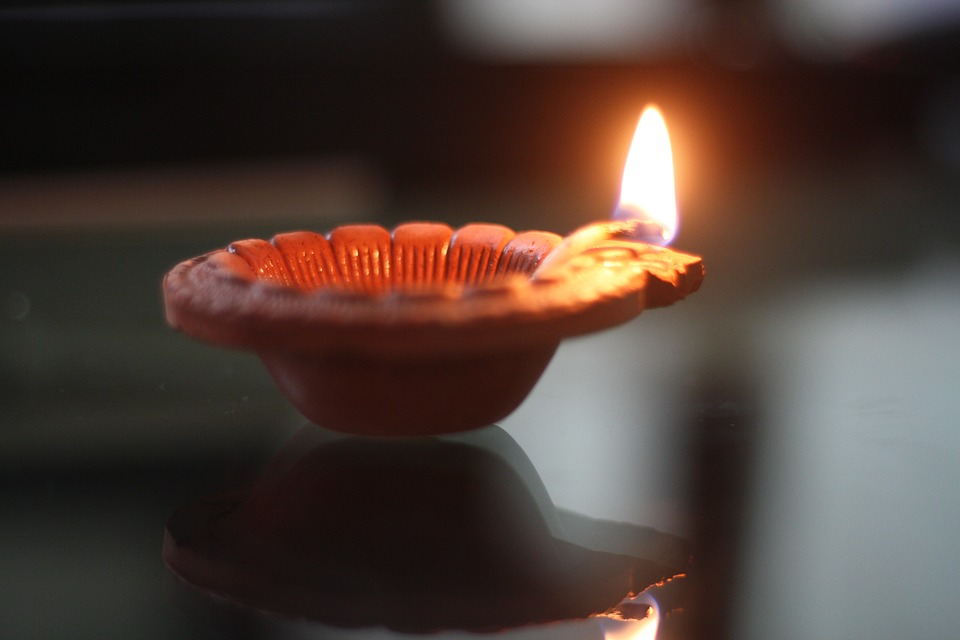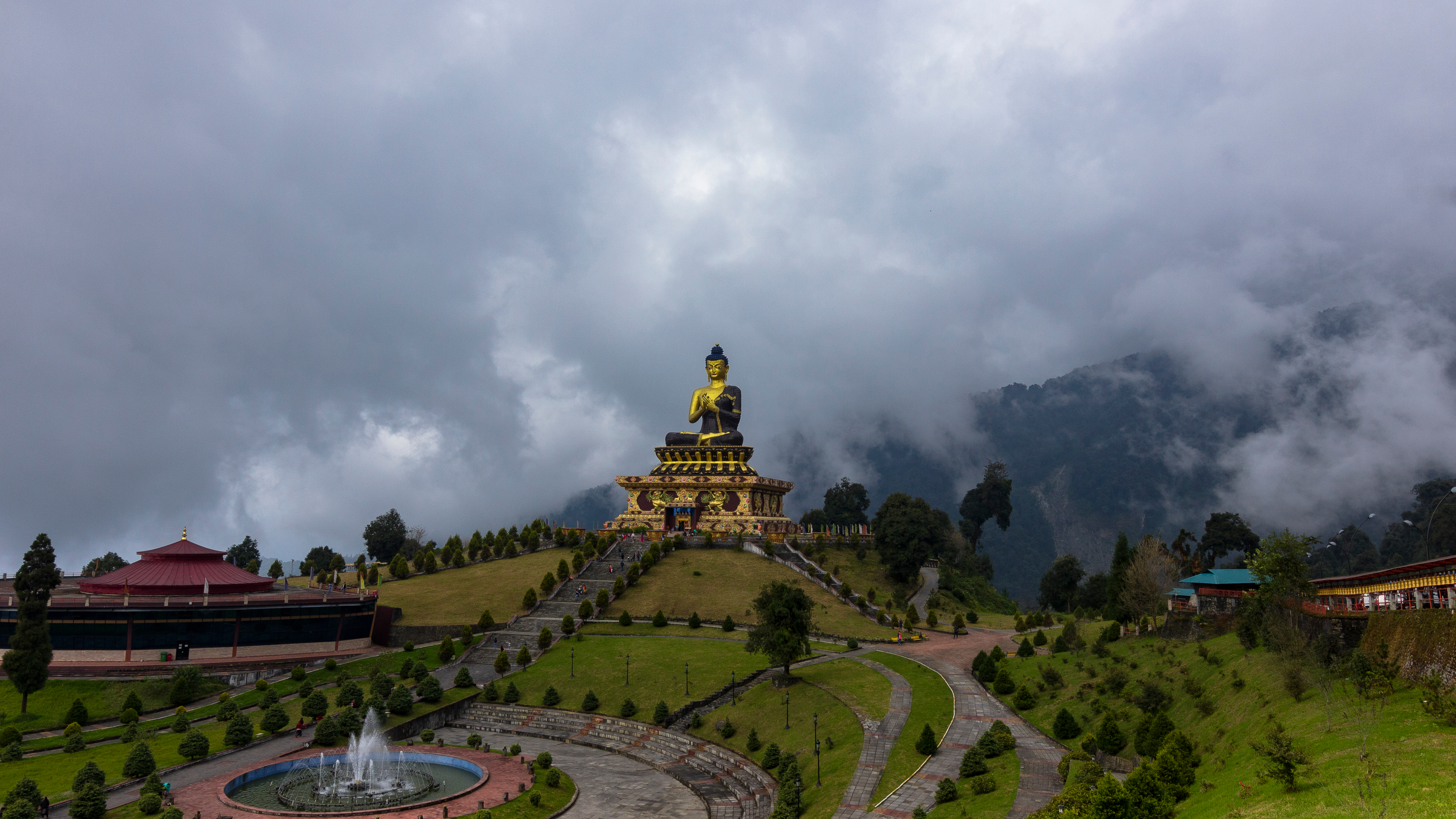5 facts about Danteras that you didn’t know of
We can’t believe it’s almost the end of October and Diwali is around the corner. 2017 has really flown by like a breath of fresh air and we are certainly not complaining! However, before the Diwali festivities begin, India celebrates the festival of Dhanteras. It is celebrated in the Hindu month of Kartik, two days before Diwali. Although as children, Diwali was only synonymous with firecrackers, gifts and sweets, this festival like all others has cultural significance and meaning in Hindu mythology and has stories and rituals woven around it.

The word Dhanteras is formed by the two words,“Dhan” meaning wealth and ‘Teras’ being the 13th day based on the Hindu calendar. Here are 5 facts about Dhanteras that you may or may not know about:
Mythology at its best
The mythological story behind Dhanteras is indeed a very interesting one. It is said that. Once upon a time, the gods and demons churned the ocean for Amrita – the elixir of life. Suddenly, Lord Dhanvantari, the physician of gods and an incarnation of Vishnu, appeared with an urn in hand holding the Amrita and that day was named Dhanteras after him.
Timeless legends to look up to
Ever wondered why we celebrate Dhanteras? As per traditional stories, it is believed that the son of King Hima was cursed to die with a deadly snake bite on the 4th evening of his wedding ceremony. His wife, knowing this, refused to let him sleep. She laid out her beautiful jewellery and gold near her husband’s bed and lit lamps and started singing. When the god of death, Yamraj, disguised as a serpent, visited the prince, he left the prince unharmed.
Boosting prosperity and wealth
The most popular ritual of Dhanteras is buying gold, silver and utensils. But do you know why? According to ancient myth, buying these items increases their count by 13 times blessed by Lord Kuber, the god of wealth. Along with going on a shopping spree, people also sow seeds of dried coriander as a symbol of growth and prosperity. It is also considered very auspicious for setting up new businesses or ventures, moving into a new house or buying a car.
The tale of the farmer
There are many tales of prosperity associated with Laxmi and Lord Vishnu, but the one relevant to this day is the tale of the farmer. When Goddess Laxmi visited the earth with Lord Vishnu, she disobeyed him and violated his conditions of not falling prey to earthly temptations. She visited a farmer’s field and enjoyed the sugarcane juice. As penance, Lord Vishnu told her she will have to spend twelve years as a labourer on that farmer’s field. The farmer grew prosperous with the arrival of Laxmi and twelve years passed by. However, he did not want to let her go. When the farmer and his family took a pilgrimage to the river Ganga, Goddess Ganga revealed Laxmi’s true identity. Laxmi assured the farmer that she will visit every year on the Dhanteras day. She asked the farmer to clean his house and light a lamp for her. This is why we do Laxmi Puja on this day. According to Hindu rituals, Lakshmi Puja is done in Pradosh Kaal approximately 40 minutes after sunset.
Donating diyas to Yama
Dhanteras is also called Yamadeepdaan where Yamraj is offered a ‘Deep Dan’. This is done to avoid any premature death. Lamps are lit at the entrance facing south along with some coins. These lamps are kept lit all through the night and prayers are offered to ward off evil and death.
On this auspicious day, people clean their house, dress up in new clothes, chant mantras and bhajans, light clay diyas and the entire country is beautifully lit up marking the beginning of Diwali! How many of these tales did you know about? Which of these intrigues you the most? Different parts of India celebrate Dhanteras differently. Some offer prasad of the seven cereals (Wheat, Barley, Urad, Masoor, Moong, and Gram.) In parts of South India, farmers worship their cows which symbolise wealth and livelihood for them. Which part of India are you from? And how do you celebrate Dhanteras? Let us know by commenting below!


